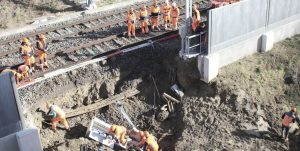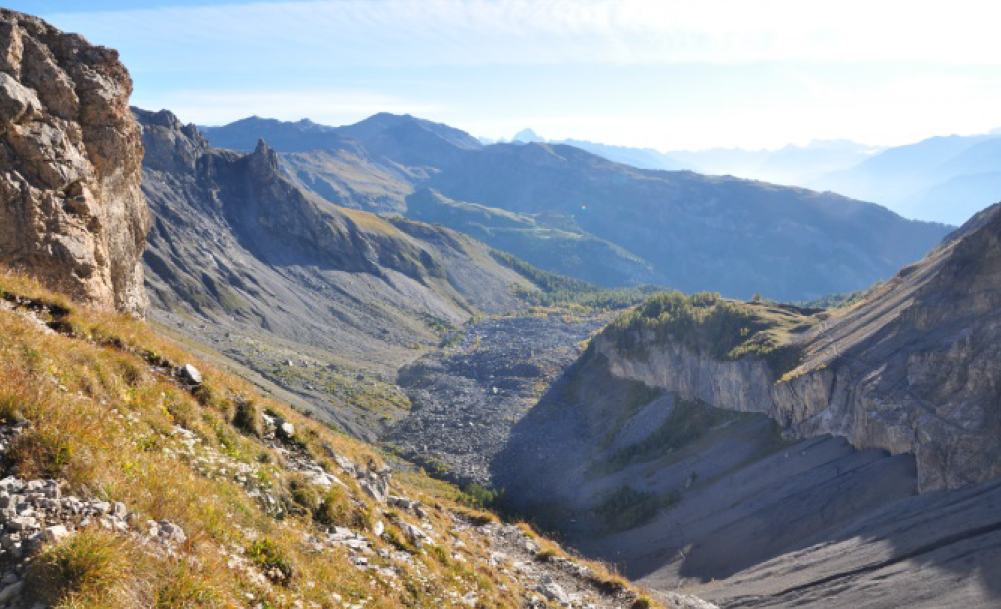Roya Olyazadeh
Director: Prof. Michel Jaboyedoff
Jury: Dr. Marc-Henri Derron, Dr. Christian Kaiser, Dr. Anne Puissant, Prof. Suren Erkman
Impacts of natural disasters have increased worldwide in the past decades. Risk assessments and analysis have been effectively pursued by research institutions, national and local governments, NGOs and different stakeholders for some time and a wide range of methodologies and technologies are proposed consequently. Nowadays, risk and disaster management including risk reduction mitigation and alternative selections are becoming more useful with World-Wide-Web and Geospatial Technologies. Web-GIS technologies offer a wide range of solutions to map the disasters, damages, analyze data and publish the results on the web. Open-source Web and Mobile GIS tools can help to improve the analysis of data and reduce the time and cost required. Open-source platforms and data have been widely used today because they stay free and facilitate access to data especially significant in developing countries. This research explores the applications and adoptions of Mobile and Web GIS technologies in the field of risk and disaster management. The purpose of this research is: (l)To review different open source web and mobile GIS systems related to Risk and Disaster management; (2) to explore the adoption and application of web and mobile GIS technologies for the collection, analysis, and decision making in disaster management; (3) to manage risk analysis using open data such as OpenStreetMap (OSM); (4) to apply advanced visualization, central database, fast and easy data and information acquisition. This research was carried out in 3 major phases: risk identification, assessment, and evaluation, which includes developing different platforms using open-source Web-GIS technologies such as OpenLayers, Leaflet maps, Cordova, GeoServer, PostgreSQL as the real DBMS (Database Management System) and PostGIS as its plugin for spatial database management. The first study presents a Web-GIS prototype using OSM data to evaluate the rapid impact of naturally produced disasters like an earthquake for the estimation of total damages. For this purpose, expert knowledge such as earthquake intensifies and vulnerability inputs are imported into the system. The second study uses the same methodology as the first platform and is applied in a teaching project (FIP) at University of Lausanne. Its purpose is to discover the relation between an open-source platform/data and students. The third application reviews the implementation and selected results of a secure Mobile map application called ROOMA (Rapid Offline-Online Mapping Application) for the rapid data collection of landslide hazard in Nepal. This prototype assists the quick creation of landslide inventory maps (LIMs) by collecting information on the type, feature, volume, date, and patterns of landslides. This application comprises Leaflet map coupled with satellite images as a base layer, drawing tools, geolocation (using GPS and the Internet), photo mapping and events clustering. The fourth study presents an improved version of ROOMA for Canton Vaud, Switzerland to collect all events and hazards such as landslide, floods, avalanches, and etc. The last platform reviews an implementation of a decision analysis module based on Multi-Criteria Decision Analysis (MCDA) in the platform of a Natural Risk Management Spatial Decision Support System (SDSS) called “RiskChanges”. This platform involves changes in hydro-meteorological risk and delivers tools for indicating the best risk reduction alternative. This module assists the users by importing the essential factors, such as risk and cost-benefit values from other modules. Besides the combination of the multi-criteria analysis and possible future scenarios in group sessions and comparison the results by means of a numerical and graphical view are carried within the system. The results of these different platforms clarify how open- source GIS technologies can be easily adopted on different levels of risk and disaster management such as post-disaster management, teaching, decision support systems and, etc. Moreover, the results present the technical difficulties to adapt these technologies to real-life situations.


